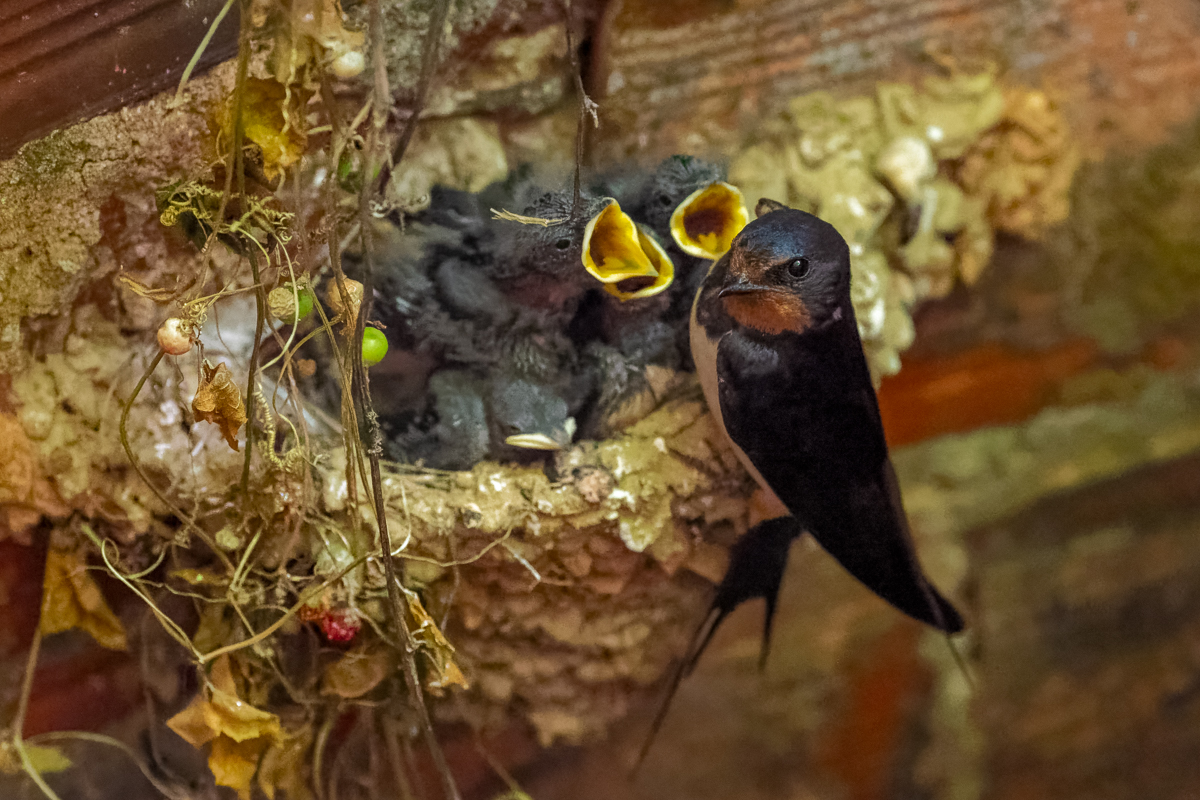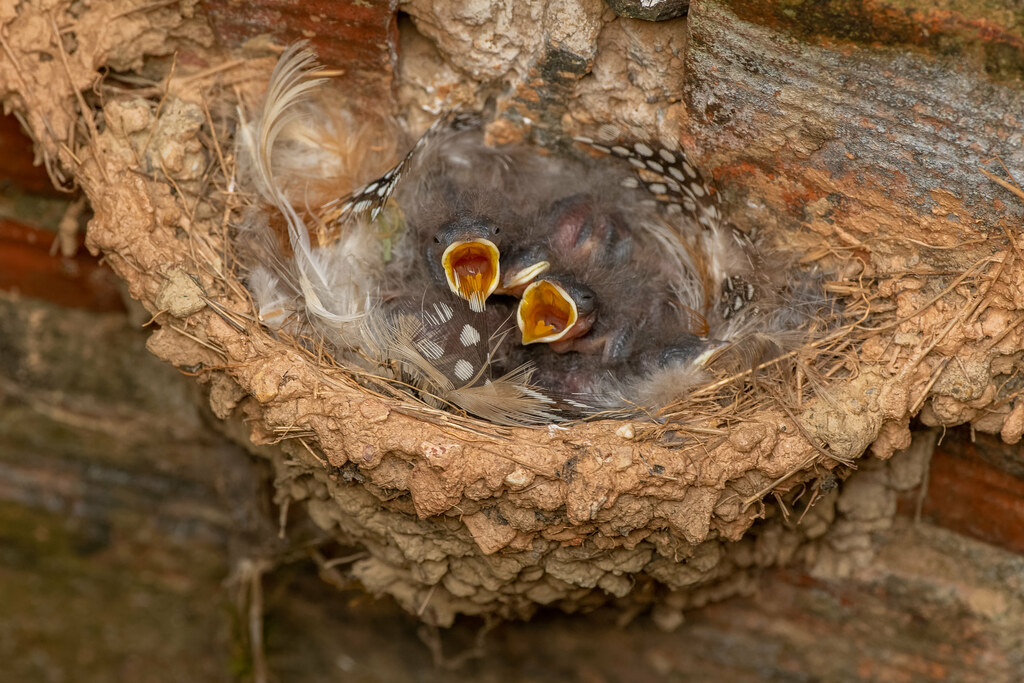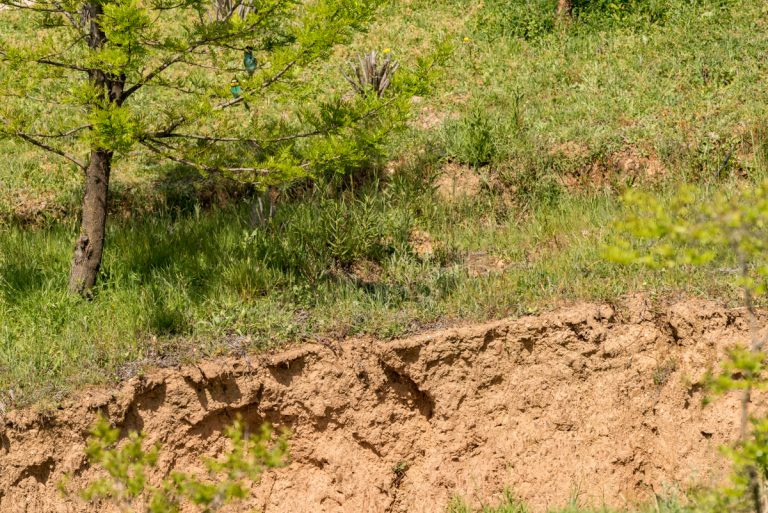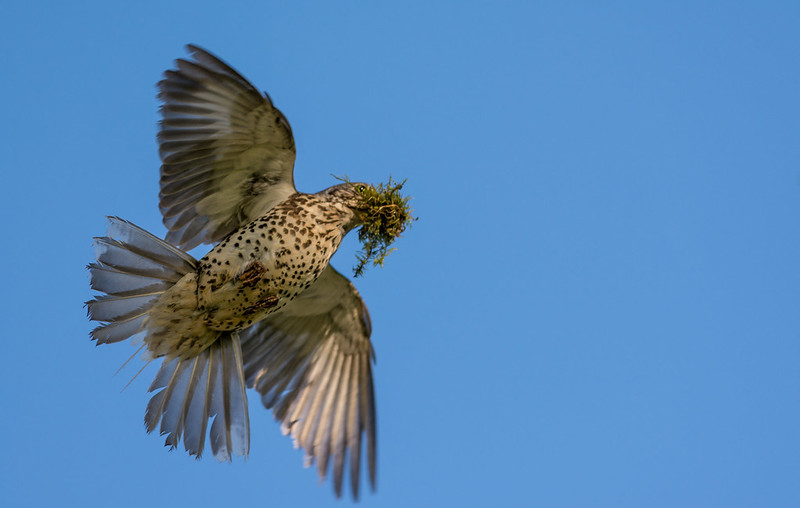This morning as I walked the dogs I recognised a familiar bird call followed by a silhouette against the white canvas of the morning hill mist. A pair of Barn Swallows, these are always the first pair to arrive in this area (even though in the Algarve, Barn Swallows can be seen in December) and they are the “Well” Swallows, named because they have their nest down inside a water well.
I was able to hide inside the Well’s pump house to get some great close up shots. I say this everytime, but please don’t approach live bird nests when the young are there, I’m lucky that I can hide away in the pump house completely hidden.
These are the shots I got last year, but I was struggling with light deep down in the well with overhanging trees.



